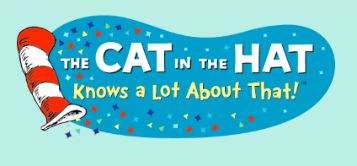Four Tips To Help STEM Educators Prepare for Remote Learning this Fall

While some schools this fall may be reopening with fully-remote classes due to the COVID-19 pandemic, others will reopen with hybrid models of both in-classroom and remote classes. For example, a school might have half days for in-classroom learning three days a week, and remote learning for the remainder of the time. This mixing of remote and in-classroom learning can pose unique challenges for teachers, especially those planning STEM curriculums, which often involve collaborative learning environments.
Luckily, Education Week has published guidance for educators on how they can adjust their lesson plans to this mixed model.
First, see if your STEM textbook publisher offers digital versions of their lessons. You can also check out these educator resources from TryEngineering for activities that might complement your lessons:
- eLearning lesson plans
- Engineering lesson plans
- Resources for high school and secondary school teachers
- Resources for elementary school and primary school teachers
Second, instead of creating separate lessons for remote and in-person learning, think about your big-picture goal and what you’re trying to achieve with the lesson. The goal should be achievable whether you’re teaching online or physically in the classroom.
Third, make remote learning central to your lesson plan, even if your school is using a hybrid model. This way, you and your students will be fully prepared for the challenges of remote learning. This will also prepare you for the transition if your school switches to a fully online model at any point in the future.
Lastly, reserve in-class lessons as opportunities for students to collaborate and work together, even if they have to maintain distance from each other out of concerns for the virus. In-person instruction is a great time to help kids build relationships with each other and have fun. For example, you can use this time for collaborative STEM experiments and challenges. You can also use it as an opportunity to analyze students’ work and have discussions about how they approached the project and solved problems. Remote work, on the other hand, can be reserved as opportunities for students to work independently.
For more information, check out these COVID-19 eLearning resources for educators.
























